Original Publication DATE: 12/16/2011
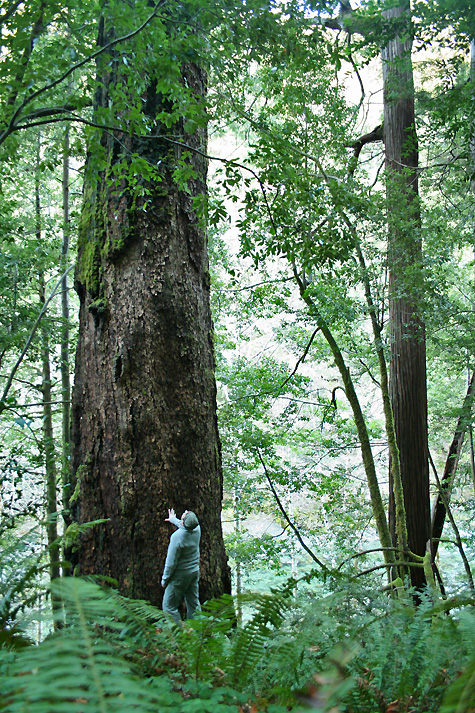
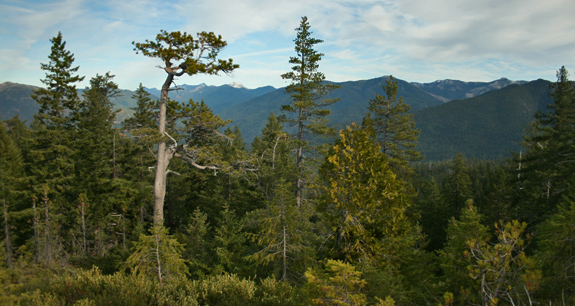
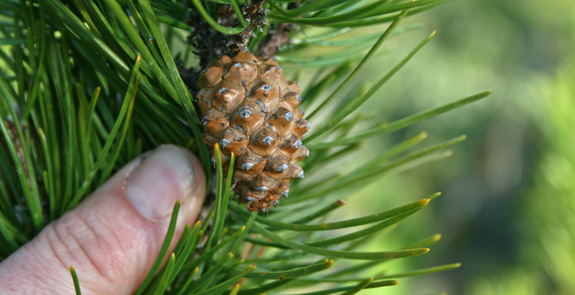
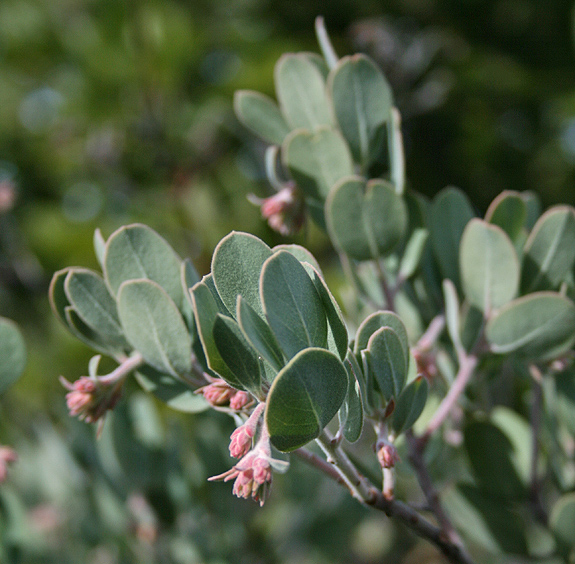

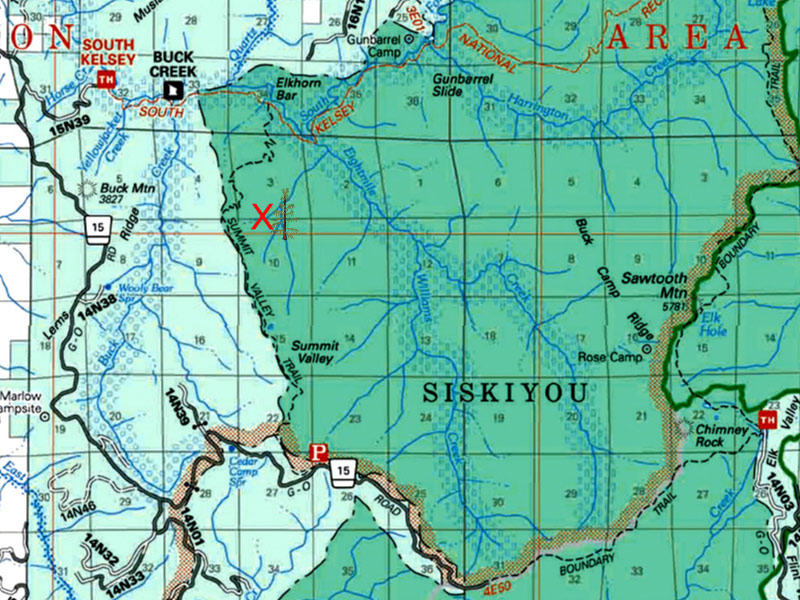
—
COMMENT:
AUTHOR: Gambolin’ Man
URL: https://gambolinman.blogspot.com
DATE: 12/16/2011 4:16:29 PM
Michael, Even though your goal was elusive, it must have been a worthwhile and exciting, and especially beautiful time to go in search of the great mysterious trees!
—–
COMMENT:
AUTHOR: Paul Kauffmann
DATE: 12/27/2011 7:30:44 PM
Great descriptions- the sunrises look amazing.
—–
COMMENT:
AUTHOR: Curtis Neppl
DATE: 3/19/2012 11:10:07 PM
I need to do some monitoring on the Summit Valley trail this summer, we should hook up and look for those cedars!! Welcomed a leap year baby girl!! Laney…Love your site, by the way.
Curtis Neppl
Thanks Curtis, and congratulations on the little one. We’ll have to get the families together in the Siskiyous this summer for some hiking! -MK
—–
COMMENT:
AUTHOR: phillips
URL: https://ethnobotanywesternoregon.wordspress.dom
DATE: 8/3/2012 12:26:29 AM
I got your book – love it. I’m from Coos Bay originally & one of my favorite trees is the Port Orford Cedar. When my tribe’s Tribal Hall was built in the 1930s in Empire (now part of City of Coos Bay) the land was all covered in POC’s. They still grow there – in one spot one red cedar and one POC grow right next to each other, and the POC’s bluish cast in comparison to the red cedar is noticeable. A lot of POC still grows around the Empire Lakes in the John Topits Park, and a handful of them grow in the southern dunes – there is one that grows by the Bluebill Lake trail.
SW Oregon Indians used POC to make canoes, although carvers noted its wood was heavier and denser than red cedar and thus the canoes were harder to dock, but some carvers nonetheless preferred working with it.
Phillips- Thanks for checking out the book, I’m glad you enjoyed it. I also appreciate you sharing your stories about the POC–it to is one of my favorite trees! -MK